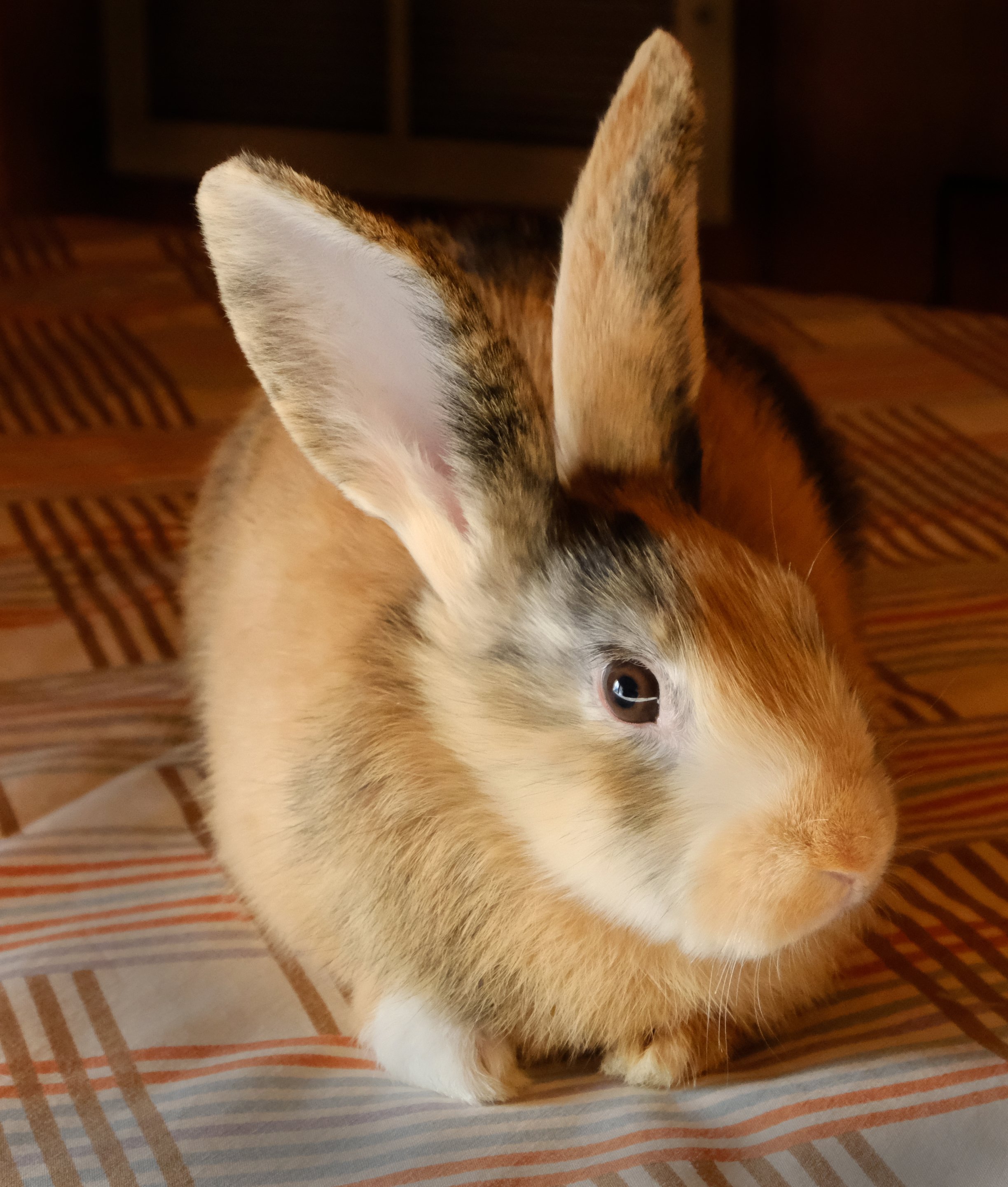Two elm trees kept each other company from either side of the street in front of my house for almost a hundred years. Their intertwined vase-shaped canopies, home to squirrel nests and cardinals, specks of red calling from the treetops on summer nights, sheltered almost half the block.
Planted around the time that Sunny Slope was platted and our house built in 1924, the young trees saw the invention of the automobile and the airplane. They were adolescent during WWII and grew to maturity during the 1990s, around the time we were married and moved into 1506 Osceola Avenue.
For years, neighbors chipped in to have them inoculated against disease, and through their extensive root system snaking under the paved street, the elms silently shared immunity.
Forest Ecologist Dr. Suzanne Simard at the University of British Columbia in Vancouver has discovered that trees are connected underground by complex fungal mychorrhizal networks that mimic our own neural and social networks. These fungi in the roots trade nutrients that enhance health and provide resilience in the face of disturbance. (For more about Simard's fascinating research including her TED talk, see my notes below.)
During a windy day in September 2019, a large branch broke off and crashed to the pavement, missing several cars by just a few inches. It wasn’t an especially stormy day, just a windy interlude in an otherwise uneventful day. Neighbors heard the thud and gathered in the street to inspect the damage.
The shattered branch had a hardened pasty white substance in the center instead of solid wood and signaled the end for the pair of elms. Several days later, red bands appeared girdling the still-green and growing trees – they were marked by the City for removal.
September turned to October and I was fortunate to have one more opportunity to experience the elms bathe the street in their yellow glow.
On a gloomy frosty morning in early November, a City aerial bucket truck rumbled down the street and idled in front of my house. Workers in hard hats and fluorescent green vests spilled out.
They bound the elm with a block and pulley, using it as leverage and counter-balance while removing the largest limbs. The final indignity was that the tree became a participant in its demise.
High in the canopy of the elm, a worker in an aerial bucket navigated between branches and began to prune from the top, down. Standing in my front yard, photographing the elm’s last day, I was showered with ice crystals and sawdust as the chainsaw bit through the first major limb.
Branches with rusty leaves still attached were carefully lowered to the street.
This view shows the two elms across the street from each other. Ours was the smaller and more healthy of the two.
As the pile grew, the elm became increasingly naked and pitiful with stripped limbs poking at the pale sky. With a crunching sound, a claw grabbed the branches and loaded them into a waiting dump truck to be taken away. Workers raked bark and leaves into a pile, cleaning up.
Impulsively, I walked up to the person who appeared to be in charge and pointed to a large, seemingly healthy branch and asked if I could have a piece as a memento. He said they don’t usually leave anything behind that may contain elm beetles, but he knew that the tree had been treated. I replied yes, we neighbors had been treating the trees for many years and were very attached to them.
He nodded to one of the workers who revved up his chain saw and cut me a perfectly round cross-section of the branch. When he handed it to me, it felt heavy and still-alive.
The next day, I left town for a family event and when I returned, the entire tree was gone. Only the irregular outline of its stump remained - a map of the past century with the passage of time visible in its rings.
Notes: Short video about Suzanne Simard’s discovery of Mother Trees and her TED Talk about How Trees Talk to Each Other.





























